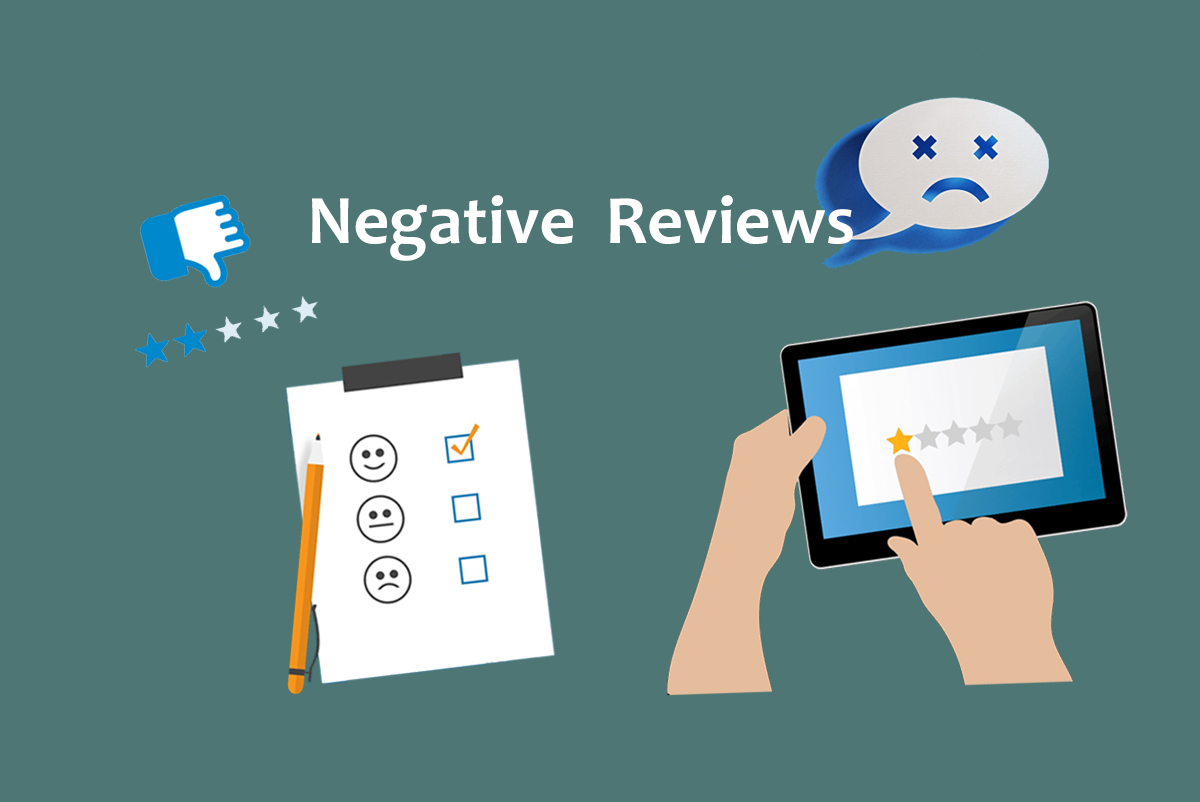
1. We don’t live in a world of perfection, so accept the fact that not all reviews are going to be 5*.
First thing first, never take bad reviews personally because it doesn’t mean that you or your business is bad. Sometimes your customers might just be having tough days. Or your business is not a good fit for everyone, it is impossible to be perfect for every customer. If you want to be the best choice for someone, your product must be wrong for someone else.
2. If your business is a good fit for the customer, then their review is a reward for you.
According to a study by Lee Resource, 1 complaint customer equals 26 others who remain silent, which means a negative review can help you make a great change and subsequently, satisfy many more customers. There is a theory called “The Service Recovery Paradox” by Michael McCollough and Sundar Bharadwaj, it is the result of very positive service recovery, causing a level of customer satisfaction and customer loyalty even greater than expected if no service failure happened*.

Believe it or not, there can be loads of advantages of negative online reviews, and below are some highlighting ones.
- Bad reviews can enhance good reviews
When a business displays all reviews, they prove that they have nothing to hide, some people were unhappy but still, the majority of customers loved the product/brand. Furthermore, negative reviews show that your reviews are real. A brand with every perfect review might seem not genuine. A study conducted by Harvard Business School found the majority of customers trust reviews more when there is both positive and negative feedback.
- Bad reviews impact the purchase decisions
Shoppers can imagine what they expect to benefit from your products and services from negative reviews because one of the main challenges of e-commerce is providing potential customers with a realistic idea of what products are like. Customers leave bad reviews sometimes not because the product is bad, but rather the product doesn’t fulfill their expectations.
Yotpo’s research of 1.3 million reviews found that the most commonly used negative word in reviews by an enormous margin is “disappointment” or “disappointed.” It’s mentioned almost 20,000 times, while the next most common negative word – “bad” – is mentioned only about 7,500 times. Disappointment happens when expectations aren’t met. Businesses can use the data collected from negative reviews to better communicate to customers what they should expect (e.g. warning that shipping may be slow because an item is out of stock). For example, a clothing shop receives feedback saying that the size of a top was running small. Other shoppers who read those product reviews will know that they should purchase the top in a larger size. Additionally, the real story (besides product description) behind a purchase from a customer will also give other customers an incentive to buy that product.
- Bad reviews create buzz
Jonah Berger, a professor of Marketing at Upenn, indicated that negative buzz can increase e-commerce sales**. Psychologically saying “negative attention is still attention”, negative publicity boosts product awareness because getting press for something negative can put you in the forefront of the clients’ minds. It also reminds those who haven’t connected with you in a while. Botto Bistro restaurant used the concept of using negative reviews to their benefit, which they offer discounts to those who write bad reviews on Yelp because they wanted to fight back against manipulative reviews - reviews that are written by the vendors, companies or competitors themselves. The restaurant has gotten tons of publicity from their efforts. Another real-life example is from Snowbird Ski and Summer Resort in Utah. They took advantage of an unpleasant one-star rating about their tough ski course, used it in an ad, and telling humor in the fact that true skiers would see their advanced courses as a preference.
In general, bad reviews are not that bad, use them as a learning experience, or even consider it as free market research for your business.
